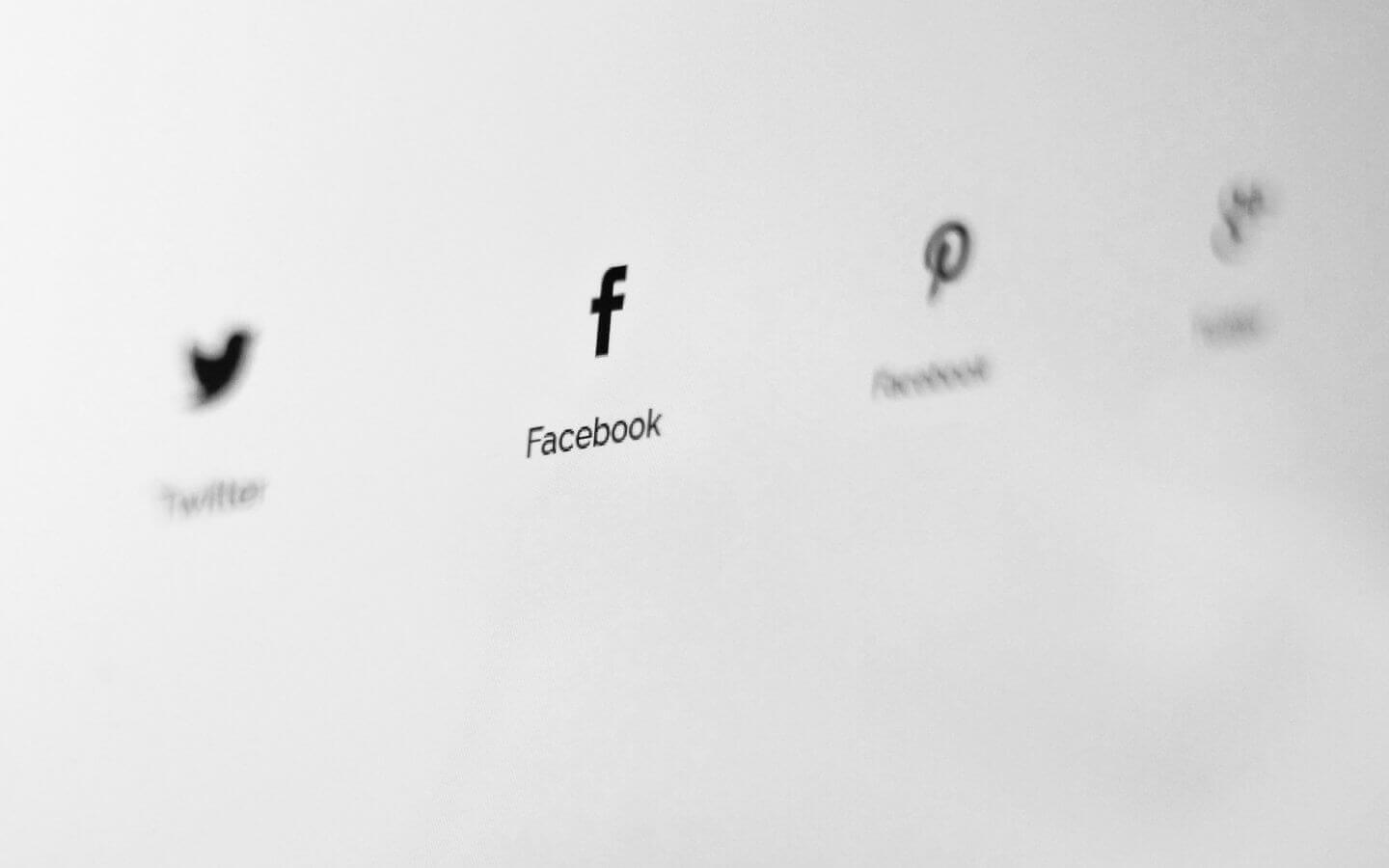


Editor’s note: We’re taking a look at employee recruiting in this first of a three-part series on content and the workforce. For the full series, subscribe to our emails and we’ll make sure you get notified.
With the candidate pool larger than it has been in several years, you want to make sure the right people are finding your company and your job postings.
Don’t just post job descriptions with bullet-pointed lists. As Jessica Green points out, “If you want to get more high-quality applications… tell more stories….” That is, ramp up the content marketing!
Your content marketing skills, when properly focused, can help you recruit, hire, and onboard new employees with awesome results.
According to Monster Government Solutions, “85% of job searches start with a search engine.” Just like your customers, potential new employees are doing their research; they search and research and learn if they can trust your company—if they believe in your company. Your company, then, must showcase itself through its content marketing.
Talent Board’s 2018 North American Candidate Experience Benchmark Research Report shows an average of 80% of businesses are using Facebook and Twitter to promote their job offerings, but less than 20% (Facebook) and 5% (Twitter) of candidates are using those social media giants to find jobs. It almost sounds like a waste of time, pumping up your recruiting social media efforts, but it’s not. So why use social media?
Because in that same report, Talent Board also highlights that company values are the most significant pieces of marketing content for 44% of candidates. Social media is one of the easiest places to display and spotlight those values. Show off your workplace and celebrate your employees and company culture. Don’t forget to mimic that love on your own website, though, as 60% of candidates will be checking it out as they research your company.
While you’re at it, consider posting some videos – even a video job description. Videos can have some seriously remarkable returns. Cielo Bank had a series of videos surrounding their job postings and saw applications increase by 52%. Once you have all the job applications, it’s time to do some interviewing.
Just like recruitment, interviewing is also a process—a process where your content marketing is equally as important as it was for the recruitment phase. Interviewing is when the relationship between your company and prospective employees becomes more intimate. You are inviting them into your offices (eventually) and giving them a taste of your company culture. You need to show and provide them an accurate representation of your company, just as they are nervously (most likely) trying to give you an accurate representation of why they are perfect for the job. Don’t forget: afterward, candidates will talk.
78% of candidates will share positive experiences with their friends, colleagues, and peers (Talent Board’s report once again). An excellent interview process filled with content ensures candidates have all the information you want them to have when they share. In essence, you are giving candidates materials for them to become part of a word-of-mouth marketing campaign, as 67% of them said they would refer others based on their good experiences.
On the flip side, 65% will share negative experiences with friends, colleagues, and peers; with 35% taking to the internet to express their frustrations on social media, job posting, and company reviewing sites. What is the cost of these shared negative experiences? Plenty. In 2015, Virgin Media realized their interviewing process was lacking, and the result was many unhappy applicants. The splash damage from applicants venting online, leaving reviews, and distancing themselves from Virgin Media products ended up penalizing the company over $6 million in lost revenue. Virgin’s new plan is to turn this around by making their application and interviewing process “famous for [positive] candidate experience.” And they’ll do so with content.
Congratulations, you hired your new employee! Because of all your content marketing, it was easy to find the best candidates, conduct fulfilling and informative interviews, and select your new employee. Now it’s time to welcome them aboard!
At ADG, our onboarding includes many scheduled meetings with various teams and team leaders. Not only does this let the staff learn about the new employee, it also gives the new employee an instant collection of friends to go to when help is needed.
Your company’s onboarding process is essential to the success of your new employee, which is then reflected in their work for your company. Give your new employees an awesome onboarding experience full of valuable content and support, and 69% of them will stay with your company for at least three years. This might not seem like a long time, but with the quit rate at its highest in 15 years, it’s pretty darn good.
Plus, it’s more than enough time to get them enmeshed in your awesome company culture. In this Glassdoor report, employees reported that company culture and values were almost twice as important to them as compensation and benefits.
We’ll delve more deeply into onboarding in the next part of this series, so watch this space or our socials for that!
All aboard to brand advocacy (toot! toot!)
Do your content marketing right during recruiting, interviewing, and into hiring, and your new employee will be quickly woven into the fabric of your company. They’ll become invested in the company culture you have showcased during the recruitment and interviewing process. After all, that’s the culture they chose to align with and were excited to join. In the next two part of this series, we’ll show you how to turn them into your best brand ambassadors to help the next round of new hires.
Want to learn some strategies to improve your content marketing throughout the recruitment, interviewing, and onboarding process?


